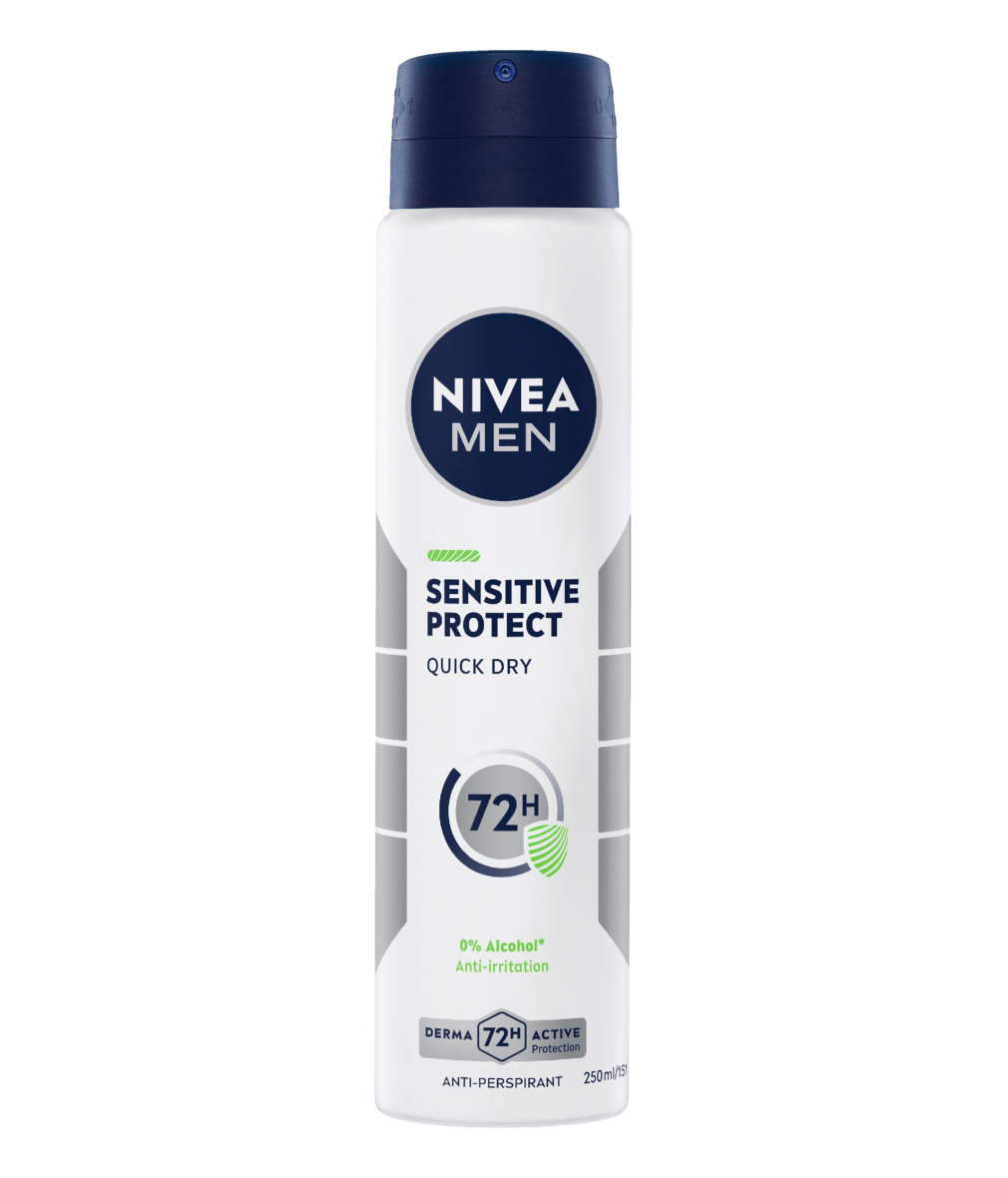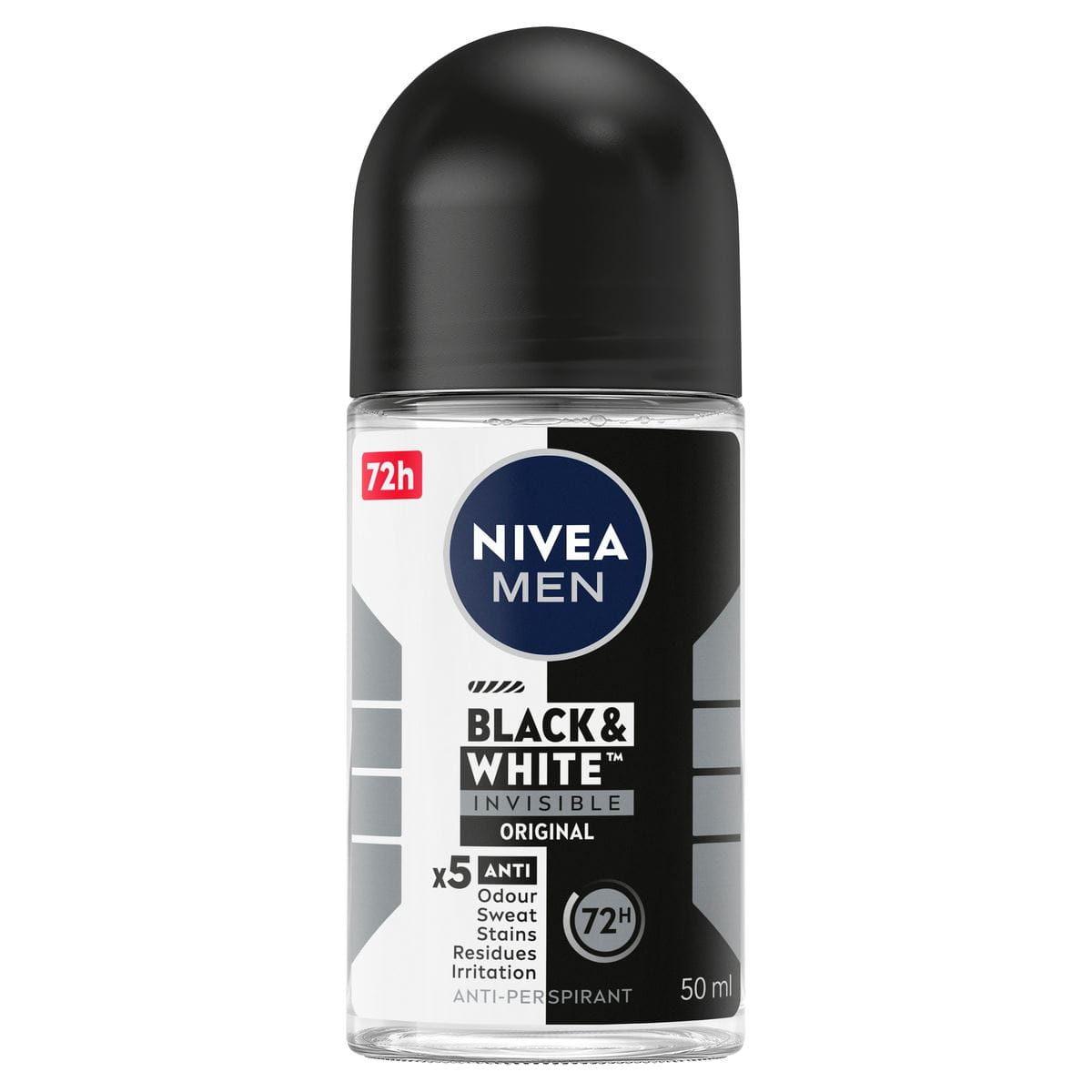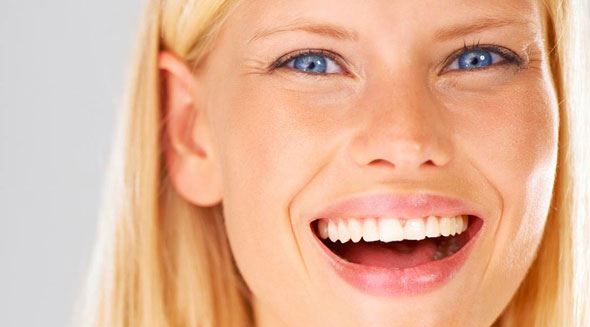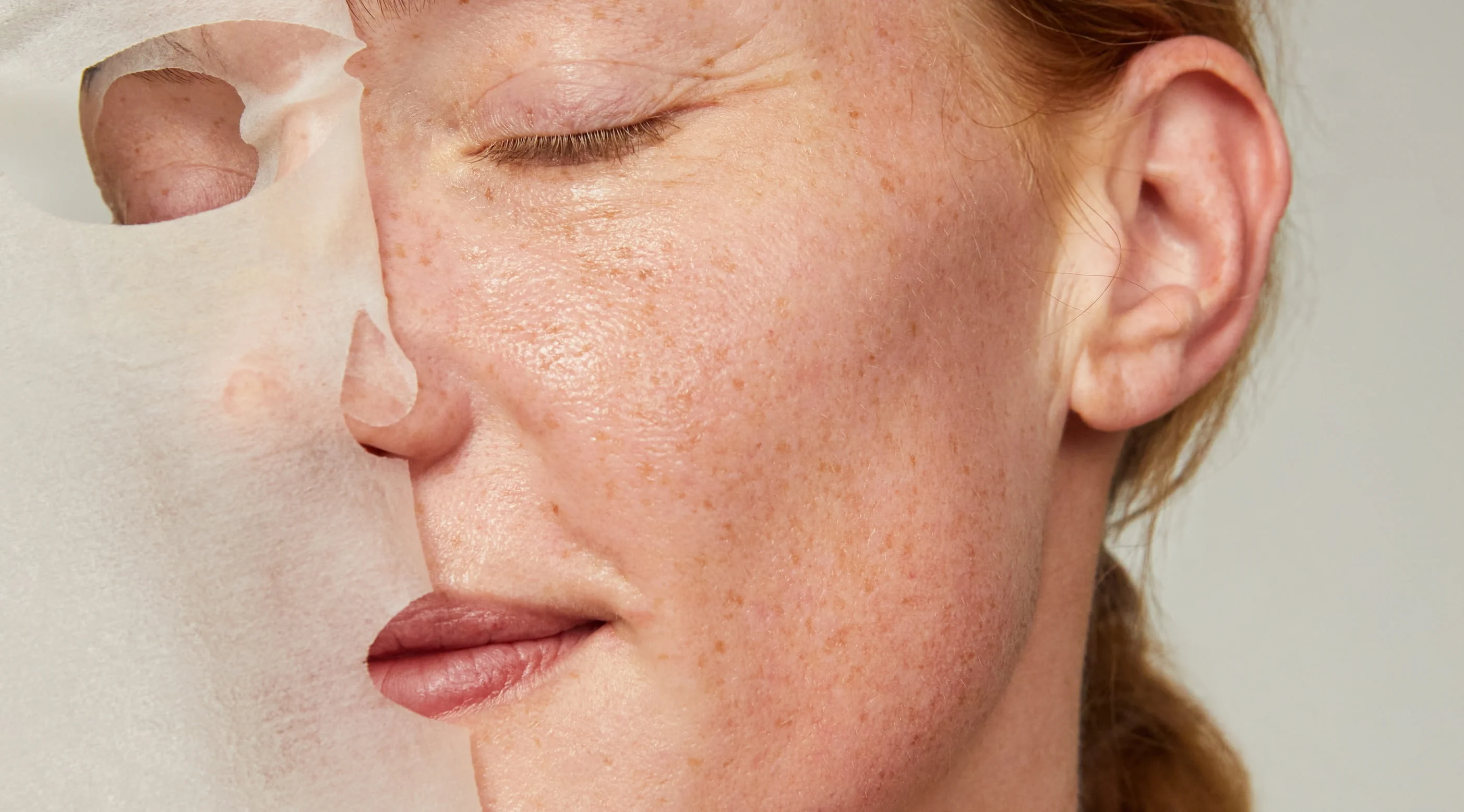Sooner or later, we are able to gauge a person’s age from their face. But exactly when the first changes to the skin, such as wrinkles, pigmentation marks or redness, appear on the face depends on the individual and is determined by a person’s genes.
What happens during the natural ageing of the skin?
The skin’s metabolism, blood flow and cell division slow down with advancing age. This means that the skin is less able to regenerate itself. The results of this are structural changes in the skin that are manifested over time as facial wrinkles:
- The quantity and density of collagen and elastin fibres reduce – the skin becomes thinner, looks less taut and loses its firmness.
- The body’s own production of hyaluronic acid decreases and the sebaceous glands work at only half capacity. The skin therefore loses important moisture retention components and becomes drier.
Are there factors that expedite the ageing process?
Yes. A whole host of external factors promote wrinkle formation – and substantially, according to experts. Those who reduce these influences can prevent the premature formation of wrinkles and also stop wrinkles that have already appeared from getting any worse.
.png?rx=0&ry=0&rw=2063&rh=806&hash=F7E746DE1BBD29AC80D9347AC43F15ED)














